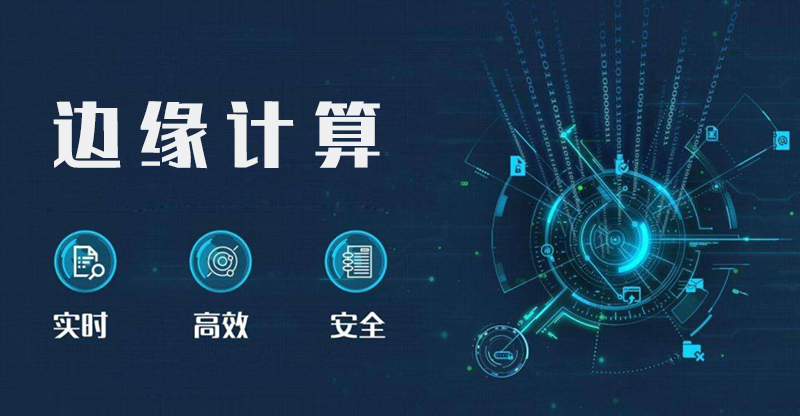The shift to the cloud increases enterprise agility, speed, and performance—while lowering costs. But as businesses process more data in real time, they need to address the speed and latency issues inherent in sending data to the cloud and back again.
While in some cases, a little delay is okay, in other cases delays can be downright dangerous: think of medical equipment, emergency services, or self-driving cars. So how to solve this problem? The answer is edge computing.
Edge computing refers to the processing of data at or near its source—and it’s taking over. Gartner predicts that by 2025, three-quarters of generated data will be processed outside traditional centralized data centers or the cloud, up from 10% in 2018. Why does this happen, and why is edge computing so popular?

Customer experience at the edge
Last September, IDC’s Dave McCarthy concluded that edge products and services would “drive the next wave of digital transformation.” For many use cases related to these technology areas (such as IoT, artificial intelligence, digital payments, medical devices, connected cars, etc.), edge computing will be fundamental – meaning that without it, some use cases will simply not be feasible or Unsustainable. As companies continue to innovate, this advantage will support new forms of customer experience—and by extension, business models—like never before.
We can expect more businesses to join the fringe craze. If a business can transform its mass-market, consumer-facing applications into lightning-fast, responsive, and reliable services through the use of edge computing, it’s an investment in a superior customer experience that may just be what the company does The competitive “advantage” needed to stay ahead.
Edge analysis
The ability to filter and analyze incoming data from sensors and other devices is a major benefit of edge computing. Built-in analytics and even artificial intelligence capabilities can quickly extract value from the vast amounts of data collected. By turning input into actionable insights, they not only improve performance but also ensure that only the most important data is retained for storage in the cloud or further analysis.
As a real-world example, a bioelectronic medical technology company has launched a solution to transform the treatment of essential tremor (ET), a condition that affects an estimated 2.2% of the U.S. population. Treatments for this chronic condition have long been either partially effective prescriptions or brain surgery. By using the company’s electrotherapy-based neurostimulation wristband, with monitoring and diagnostics at the edge, patients can receive treatments that are calibrated to treat their specific tremor symptoms. This customized treatment is achieved and enhanced by incorporating edges.
Enhanced privacy and security at the edge
Edge computing reduces the amount of data transmitted over the network and the amount of data held centrally by third parties, which is good news for enterprises from a risk and compliance perspective.
It will become more challenging for attackers to launch distributed denial of service (DDoS) attacks. That’s not to say that other risks don’t increase, such as attack vectors in the presence of distributed sensors. Therefore, cybersecurity must be well thought out and “embedded” into any new technology architecture.
Подведите итоги
You might think that edge is just the latest technology fad, but it’s not. We are witnessing the early stages of a transformation in data and computing power that is as important as cloud computing.
Ключевые слова: шлюз для пограничных вычислений
